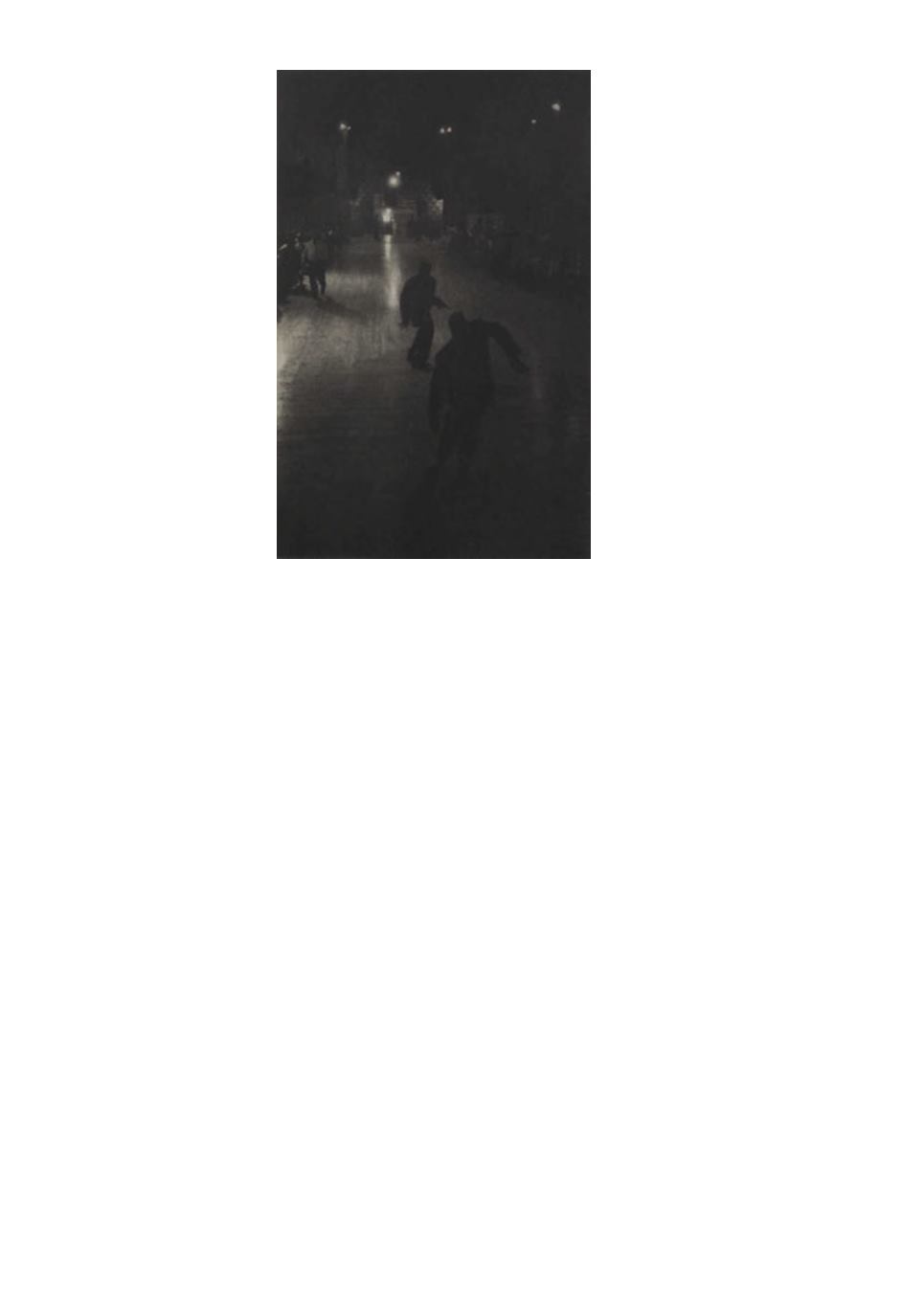
205
●
DECARAVA, ROY (1919-2009)
Portfolio entitled “Roy DeCarava.”With 12 (of 12) stunning, hand printed dust-grain photogravures
made from DeCarava’s poignant photographs, including many of his iconic images of Harlem.
Photogravures, image sizes approximately 8x11 inches (20.3x28 cm.), and the reverse, sheet size
18x22 inches (45.7x55.9 cm.), each with DeCarava’s signature, date, and edition notation 35/50, in
pencil, on recto. Elephant folio, black clamshell case with a gilt-lettered leather title label; contents
loose as issued. 1950-79; printed 1991
[50,000/75,000]
“Paul Robeson, NewYork,” 1950 * “Lingerie, NewYork,” 1950 * “Horace Silver, NewYork,” 1963
* “Couple Dancing, NewYork,” 1956 * “Across the Street, Night, Brooklyn,” 1978 * “Night Feeding,
Brooklyn,” 1973 * “Billie [Holiday] at Braddocks, NewYork,” 1952 * “Man inWindow, Brooklyn,”
1978 * “Fourth of July, Prospect Park, Brooklyn,” 1979 * “Dancers, NewYork,” 1956 * “Four Men,
NewYork,” 1956 * “Milt Jackson, NewYork,” 1956.
This edition is limited to 62 sets.The plates were subsequently destroyed by the artist.
Roy DeCarava began his artistic career as a painter and print-maker, and initially began using a hand-held
camera as a tool to aid in his sketches.Yet within only a few years, DeCarava embraced photography with
fervor, embarking on a career in the medium in the late 1940s that would take him into the 20th century.
Imbued with a dark tonal range,DeCarava’s photographs provide keen insight to a deft eye intent on discovering
visual truths. He illuminated integral components of mid-twentieth century urban life in NewYork.
Born and raised in New York, DeCarava was Harlem’s photographer, as his honest and gripping
photographs of the vagaries of modern life attest. Showcasing the urban environment in all of its gritty
glory, DeCarava accentuated the quotidian activities of the everyday African-American men and women,
avoiding sensationalist and outré crafted personas in favor of social realism. DeCarava describes his
methodology as, “I want to photograph Harlem through the Negro people. Morning, noon, night, at
work, going to work, coming home from work, at play, in the streets, talking, laughing, in the home, in
the playgrounds, in the schools, bars, stores, libraries, beauty parlors, churches . . .”While not the first
African-American photographer to chronicle Harlem, DeCarava quickly became its champion as the
neighborhood morphed from the center of artistic and intellectual creativity during the Harlem Renaissance
to an essential destination for Civil Rights luminaries and their messages of change.
[
ADDITIONAL IMAGES OVERLEAF
]


